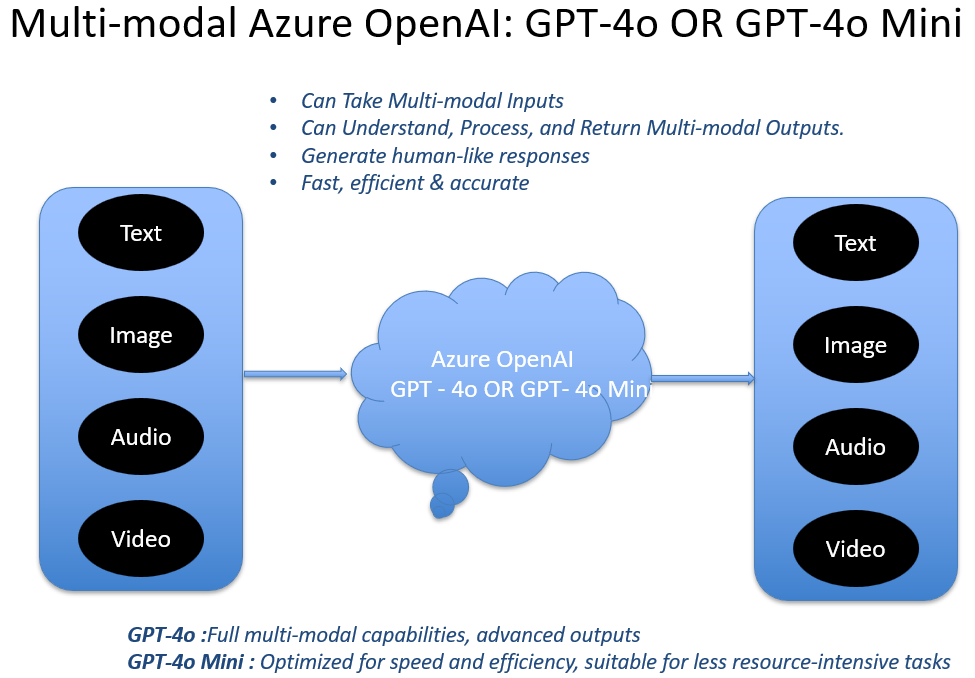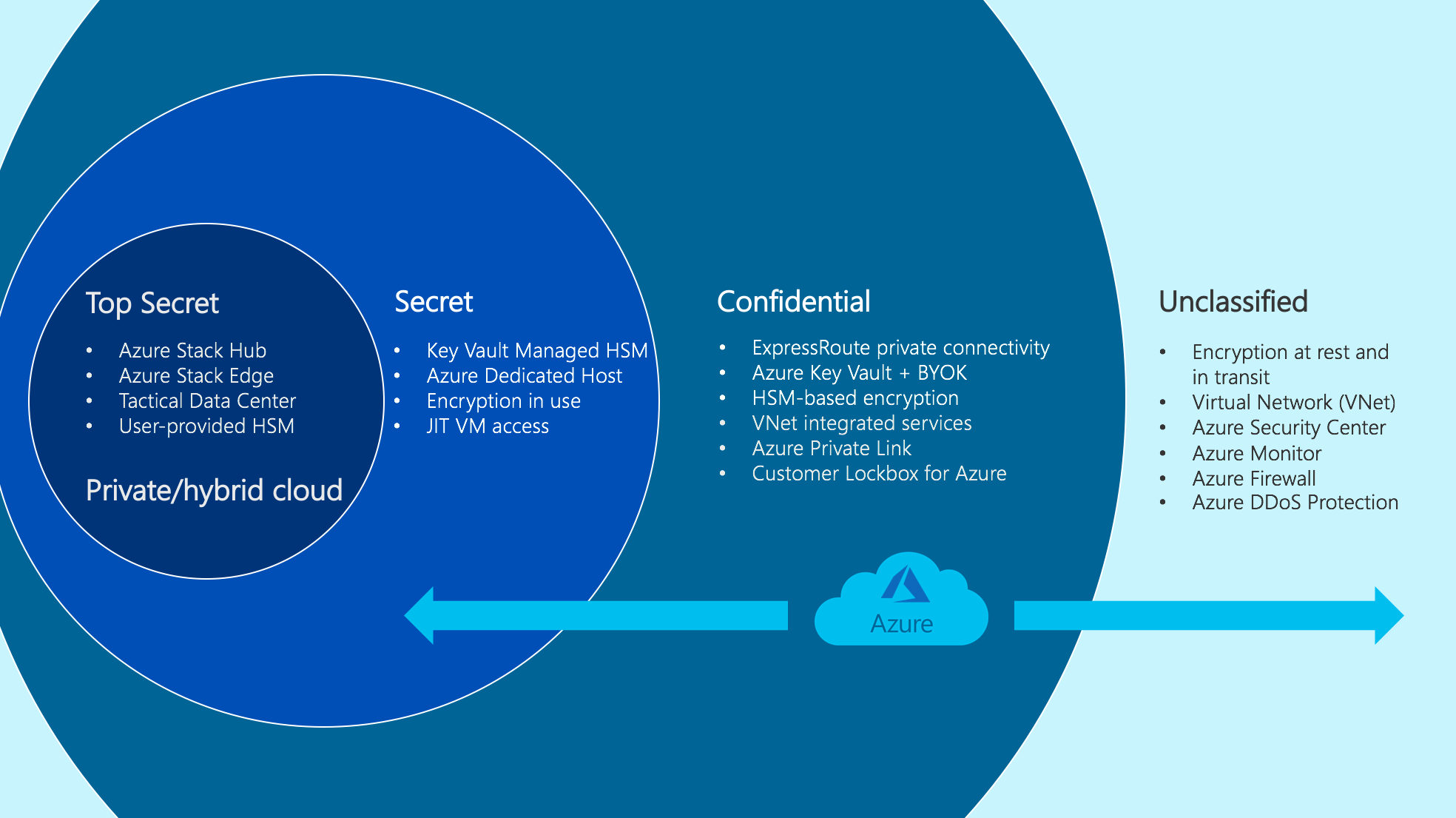OpenAI's GPT-4o gets green light for top secret use in Microsoft's Azure
Federal agencies with top-secret workloads have been granted access to OpenAI's GPT-4o through Microsoft's Azure for U.S. Government Top Secret cloud. Microsoft recently obtained authorization for 26 additional products in its top-secret cloud environment, aligning with Intelligence Community Directive (ICD) 503 standards. This approval allows agencies, particularly those in the intelligence community and Defense Department, to utilize these tools for handling the government's most classified information.
Benefits of the Authorization
Among the newly added tools is Azure OpenAI Service, which offers Azure customers access to OpenAI's generative AI large language models, including GPT-4o. Douglas Phillips, Microsoft's corporate vice president, highlighted in a blog post that Azure OpenAI enables agencies and authorized partners operating in Microsoft's Azure Government Top Secret cloud to leverage multimodal generative AI models like GPT-4o. This access comes with strict security and compliance measures to safeguard the nation's most sensitive data.
About GPT-4o
GPT-4o is a versatile OpenAI model used for various tasks such as natural language understanding, text summarization, sentiment analysis, question answering, and conversational agents. It serves as the foundational model for the widely used commercial generative AI tool, ChatGPT.

Security and Accreditation
The announcement follows Azure OpenAI's previous achievement of FedRAMP High authorization last August. This recent accreditation now allows GPT-4o to be deployed for broader use, including by the Department of Defense (DOD) in the top-secret cloud environment.
Enhancing Data Management
Chappell emphasized the importance of having timely access to the right information, especially when dealing with vast amounts of data. The incorporation of GPT-4o in the top-secret environment aims to simplify data processing and decision-making for DOD officials across various domains, including geospatial data, proposals, and human resource-focused information.





















